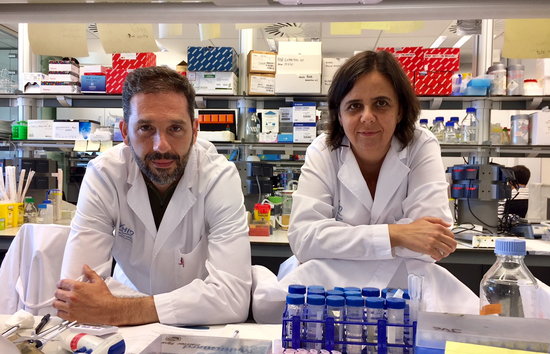New protein in fight against breast cancer discovered in Barcelona
Researchers at the Vall d’Hebron hospital VHIO center uncover new function of already-known HMGA1

Triple negative breast cancer is one of the most aggressive kinds, one that still has no specific treatment—but now, researchers at the Vall d’Hebron hospital Oncology Institute (VHIO) have discovered a new function that could be used for pharmaceuticals in the fight against it.
The protein, called HMGA1, is not new: researchers have known of its existence for decades, and it had already been proven that the subcellular localization of the protein has been shown to predict the incidence of metastasis in this type of tumor. Yet, until now it couldn’t be used because it was thought to only be found inside the nuclei of cells.
A protein out of place
Now, VHIO center Tumor Biomarkers Group researchers, led by Josep Villannueva, discovered an alternative extracellular activity for the protein, related to tumor invasion. The work was published in the ‘Clinical Cancer Research’ review and was made possible by the Susan G. Komen foundation.
The discovery came about through the analysis of the secretome of cancer cells, when researchers noted that HMGA1 was found in a different location than previously thought. The term secretome is used to denote all proteins secreted by a cell, proteins that are used to send messages between cells. Indeed, VHIO researchers discovered a theoretically intracellular protein group, but which is also secreted by tumor cells.
Triple negative breast cancer, representing approximately 15% of breast cancer cases, tends to be very aggressive and has a higher incidence of metastasis than other subtypes. Treatment for patients suffering from this is limited to generic chemotherapy and radiotherapy, and the race for a cure is urgent.